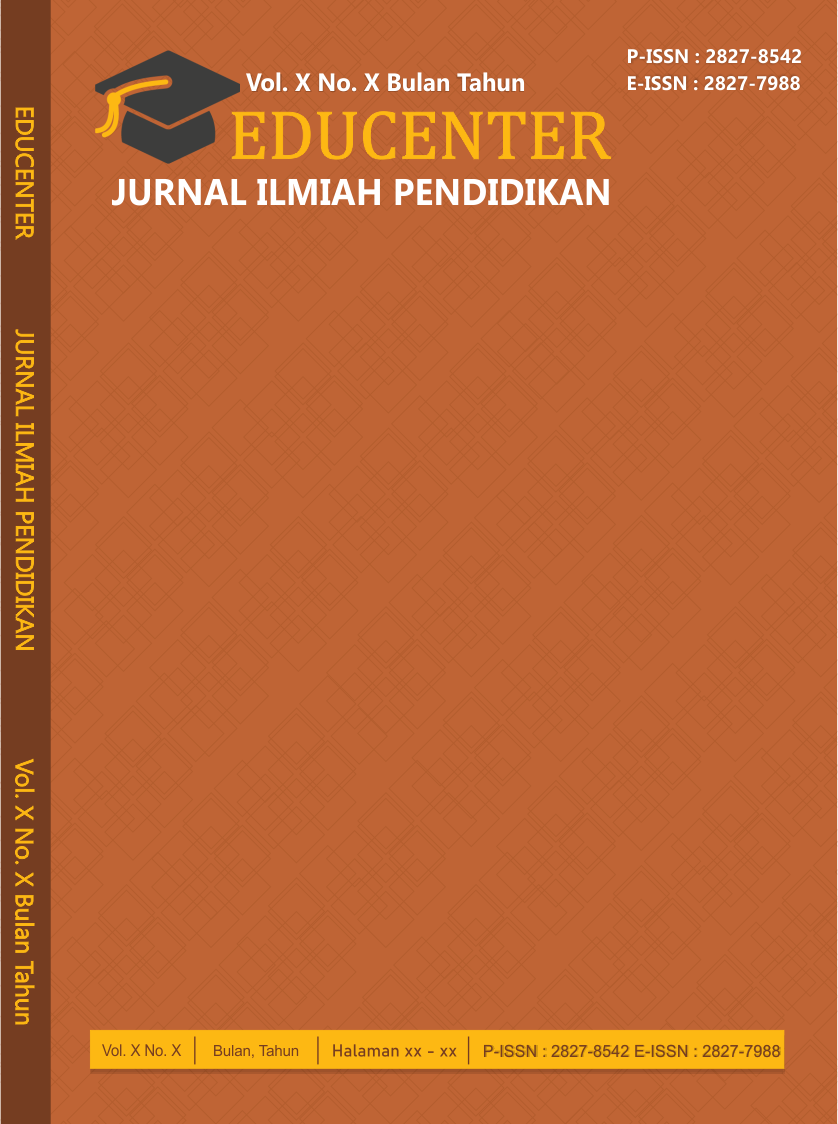China's high-speed rail project as a debt trap? lessons learned from Sri Lanka's bankruptcy situation
Main Article Content
Abstract
Speed Rail (KCIC) project, developed under China’s Belt and Road Initiative (BRI). The research addresses the urgency of assessing whether large-scale infrastructure projects financed through bilateral loans risk creating long-term debt dependency, drawing lessons from Sri Lanka’s Hambantota Port case. The objectives are to evaluate the potential of the KCIC to drive economic growth while identifying financial vulnerabilities, and to explore how such insights can contribute to civic education and policy literacy in Indonesia. A qualitative descriptive case study approach is applied, using secondary data from government reports, academic literature, and credible media sources, framed within dependency theory and the debt-trap diplomacy discourse. Findings reveal that although the KCIC has potential benefits for connectivity and investment attraction, significant cost overruns and reliance on long-term foreign loans may expose Indonesia to fiscal risks similar to those experienced by Sri Lanka. Policy recommendations include diversifying financing sources, enhancing project governance, and embedding infrastructure analysis into public policy and strategic leadership education. These measures can strengthen national capacity to negotiate and manage large-scale infrastructure projects, aligning economic development with sustainable sovereignty.
Article Details
Section

This work is licensed under a Creative Commons Attribution-NonCommercial 4.0 International License.
How to Cite
References
Babatunde, S. A. (2018). Government spending on infrastructure and economic growth in Nigeria. Economic Research-Ekonomska Istraživanja, 31(1), 997–1014. https://doi.org/10.1080/1331677X.2018.1436453
Badalyan, G., & Rajčániová, M. (2018). Causal relationship between economic growth, transport infrastructure and investment in transport infrastructure in transition countries. International Scientific Days. https://doi.org/10.15414/isd2018.s11.01
Brautigam, D. (2019). A critical look at Chinese ‘debt-trap diplomacy’: The rise of a meme. Area Development and Policy. Advance online publication. https://doi.org/10.1080/23792949.2019.1689828
Carmody, P., Taylor, I., & Zajonts, T. (2021). China’s spatial fix and ‘debt diplomacy’ in Africa: Constraining belt or road to economic transformation? Canadian Journal of African Studies, 56(1), 1–21. https://doi.org/10.1080/00083968.2020.1868014
Chen, Y., Fan, Z., Zhang, J., & Mo, M. (2019). Does the connectivity of the Belt and Road Initiative contribute to the economic growth of the Belt and Road countries? Emerging Markets Finance and Trade, 55(14), 3227–3240. https://doi.org/10.1080/1540496X.2019.1643315
Dayaratna-Banda, O. G., & Dharmadasa, P. D. C. S. (2019). China’s Belt and Road Initiative: Opportunities and challenges for economic growth in Sri Lanka. SSRN Electronic Journal. https://doi.org/10.2139/ssrn.3365378
DeBoom, M. J. (2019). Who is afraid of ‘debt-trap diplomacy’? Geopolitical narratives, agency and the multiscalar distribution of risk. Area Development and Policy, 5(1), 1–8. https://doi.org/10.1080/23792949.2019.1703556
De Conti, B. M., & Mozias, P. (2020). “Belt and Road Initiative”: Challenges and opportunities for China and for the world. Austral Brazilian Journal of Strategy & International Relations, 9(17), 198–224. https://doi.org/10.22456/2238-6912.96646
Enuka, C. (2018). Dependency theory and global economic imbalance: A critique. UJAH: Unizik Journal of Arts and Humanities, 19(1), 115–132. https://doi.org/10.4314/ujah.v19i1.7
Gangte, L. (2020). The debt-trap diplomacy revisited: A case study on Sri Lanka’s Hambantota Port. Artha–Journal of Social Sciences, 19(2), 65–78. https://doi.org/10.12724/ajss.53.4
Kvangraven, I. H. (2020). Beyond the stereotype: Restating the relevance of the dependency research programme. Development and Change, 51(2), 302–328. https://doi.org/10.1111/dech.12593
Lai, K. P. Y., Lin, S., & Sidaway, J. D. (2020). Financing the Belt and Road Initiative (BRI): Research agendas beyond the “debt-trap” discourse. Eurasian Geography and Economics, 61(2), 109–124. https://doi.org/10.1080/15387216.2020.1726787
Mayer, M. (2018). China’s rise as Eurasian power: The revival of the Silk Road and its consequences. In M. Mayer (Ed.), Rethinking the Silk Road: China’s Belt and Road Initiative and emerging Eurasian relations (pp. 1–28). Palgrave Macmillan. https://doi.org/10.1007/978-981-10-5921-6
Merriam, S. B., & Tisdell, E. J. (2009). Qualitative research: A guide to design and implementation. Jossey-Bass.
Moralles, H. F., & Rebelatto, D. A. N. (2015). Transportation infrastructure and economic growth spillovers. In P. Cortés et al. (Eds.), Enhancing synergies in a collaborative environment (pp. 189–197). Springer. https://doi.org/10.1007/978-3-319-14078-0_19
Nassaji, H. (2015). Qualitative and descriptive research: Data type versus data analysis. Language Teaching Research, 19(2), 129–132. https://doi.org/10.1177/1362168815572747
Nurjayanti, V. A. (2020). Analisis ketergantungan China-Sri Lanka dalam proyek pembangunan Pelabuhan Hambantota tahun 2007–2017. Nation State: Journal of International Studies, 3(1), 24–39.
Pradhan, R. P. (2019). Investigating the causal relationship between transportation infrastructure, financial penetration and economic growth in G-20 countries. Research in Transportation Economics, 78, 100766. https://doi.org/10.1016/j.retrec.2019.100766
Singh, A. (2020). The myth of ‘debt-trap diplomacy’ and realities of Chinese development finance. Third World Quarterly, 42(2), 239–253. https://doi.org/10.1080/01436597.2020.1807318
Sun, Q., Zhang, X., Xu, X., Yang, Q., & Wang, S. (2019). Does the “Belt and Road Initiative” promote the economic growth of participating countries? Sustainability, 11(19), 5240. https://doi.org/10.3390/su11195240
Tracy, S. J. (2013). Qualitative research methods. Wiley-Blackwell.
Were, A. (2018). Debt trap? Chinese loans and Africa’s development options. Policy Insights, 66. South African Institute of International Affairs.
Wibisono, A. N. (2019). China’s “Belt and Road Initiative” in Sri Lanka: Debt diplomacy in Hambantota Port investment. Mandala: Jurnal Ilmu Hubungan Internasional, 2(2), 94–107.
Yang, Y., Liu, W., Li, K., Jin, Y., & Liang, S. (2021). Evaluation of Chinese transport infrastructure investment performance in countries along the Belt and Road Initiative. Mathematical Problems in Engineering, 2021, 1–12. https://doi.org/10.1155/2021/8357939
Yin, Robert K. (2018). Case study research and applications: Design and methods. Sage Publication.

